Green Building, Flooring
jefutch
15 years ago
Featured Answer
Sort by:Oldest
Comments (13)
floorguy
15 years agoConanc
15 years agoRelated Discussions
Building Lowcost/year round green house...Suggestions Please!!
Comments (6)Hi there, We're in MT too and we have a nearly year-round greenhouse. See the thread called 'my Riga greenhouse' for pictures of our setup and a rough idea of the yearly growing cycle. The Riga is a kit and was not exactly low-budget. So our latest experiment this year was to build a small poly-covered structure as a season extender. This was nice and cheap but no way will it go year-round. But if you are handy and have access to old windows or something you could probably get by without spending too much....See MoreBuilding green - soapbox
Comments (21)I've been trying to remodel "green". It's tough, especially if you're on a budget. I long ago came to two conclusions: - It's only possible to be shades of green. Much as I'd like to make the "greenest" decision every time, it just can't happen, either because the budget does not permit or the skills don't exist in my area or ... whatever. Being somewhat green is better than not at all, and there is a virtue in even that. Rosemary, good for you for trying to work out passive solar! - The "greenest" decision is a myth. There are so many components to "green" construction: Do the materials and craftspeople/laborers have to come from a distance? I "love" seeing people tout linoleum as the green choice even though there's nothing particularly green about the collection of the raw materials (limestone, linseed oil, and sawdust) or about shipping very heavy rolls of flooring from Europe, where most linoleum is made these days. Ditto for bamboo flooring, which is made of fast-growing native bamboo -- but manufactured primarily in a country (China) with very lax (or no) regulations on pollution or the use of non-toxic materials. How much work is required to reclaim existing product? Recycled-glass countertops like Vetrazzo and IceStone look terrific and surely will last a long time. But they're very expensive because one of the problems is how much labor needs to be expended in recapturing recycled glass safely and in sufficient quantities. Someday, I hope, the notion of clear-cutting to erect a building will be as quaint and laughable as the idea of attaching leeches to a human to make him/her get well. Until then, I'm afraid being a pioneer has its price....See MoreBuilding Bowling Green
Comments (1)I thought this post was going to be about building a pitch for playing the British game of Lawn Bowls!! Good luck with your build. Here is a link that might be useful: Lawn bowls...See MoreIs Insulation for Green Buildings Really Necessary?
Comments (2)Insulation is the most important thing you can do for building green...regardless of how you generate a btu, the longer you hang onto it, the better....See Morefloorguy
15 years agoConanc
15 years agoal_horses
15 years agoConanc
15 years agomrehberg
15 years agogigabit
15 years agoal_horses
15 years agolvjenn
15 years agomrehberg
15 years agokendavis14
15 years ago
Related Stories

CONTRACTOR TIPSBuilding Permits: What to Know About Green Building and Energy Codes
In Part 4 of our series examining the residential permit process, we review typical green building and energy code requirements
Full Story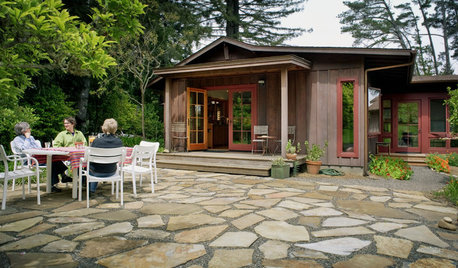
GREEN BUILDINGBuilding Green: The Paths, Beds and Decks That Define Your Landscape
You can make your outdoor area more sustainable by carefully designing your hardscape and selecting materials
Full Story
GREEN BUILDINGBuilding Green: How Your Home Ties Into Its Community
You can reduce your environmental footprint in a number of ways. Here are some ideas to consider when deciding where to live
Full Story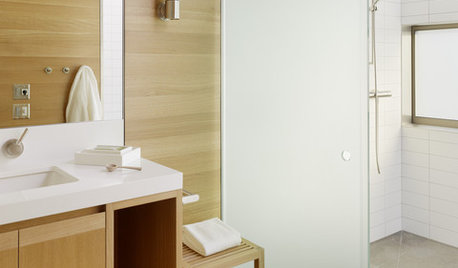
BATHROOM DESIGNGreen and Clean: Ecofriendly Bath Floors
Foot-massaging pebble tile, beautiful recycled glass and more can help make your bathroom beautiful and earth friendly
Full Story
GREEN BUILDINGConsidering Concrete Floors? 3 Green-Minded Questions to Ask
Learn what’s in your concrete and about sustainability to make a healthy choice for your home and the earth
Full Story
REMODELING GUIDESLiving Roofs Crown Green Design
Living roofs save energy, improve air, water, curb appeal — and the view from above doesn't hurt either
Full Story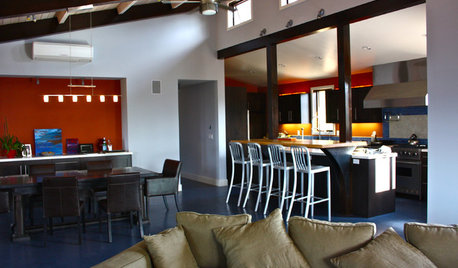
HOUZZ TOURSMy Houzz: An Architect's Contemporary Green Home
An architect in Ojai, California builds his dream family home with a bedroom rock climbing wall, built-in bunkbeds and a stunning deck
Full Story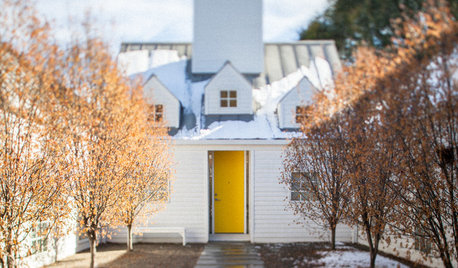
HOUZZ TOURSMy Houzz: A Master’s Design Goes Green and Universal
Adapting $500 house plans in Pittsburgh leads to planned Platinum LEED certification and better accessibility for one of the owners
Full Story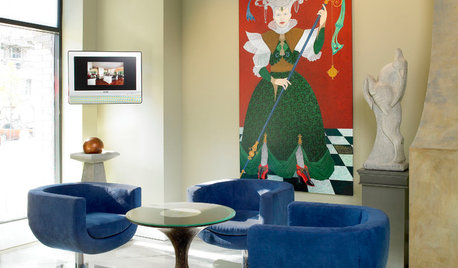
GREEN DECORATINGGo Cuckoo for Coconut Furniture and Surfaces
Crack open a lesser-known ecofriendly design option: tiles, flooring, tables and more made from coconut shell and palm wood
Full Story
LANDSCAPE DESIGNProblem Solving With the Pros: How to Build a Garden in an Urban Canyon
Skyscrapers, noise and deep shade create an unlikely sweet spot for a timeless green retreat in New York City
Full StorySponsored
Central Ohio's Trusted Home Remodeler Specializing in Kitchens & Baths





Conanc